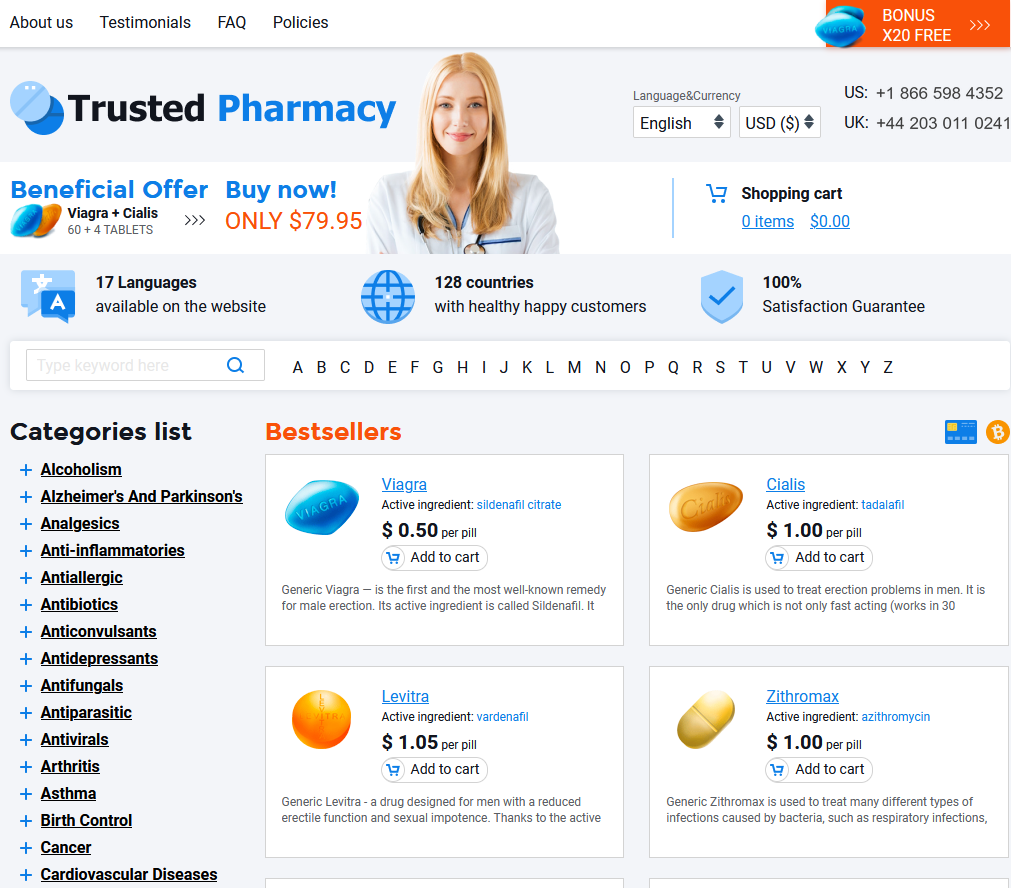 Cephalexin: Myths and Facts You Should Know
Cephalexin: Myths and Facts You Should Know
Understanding Cephalexin: a Brief Overview
Cephalexin is a widely prescribed antibiotic known for its efficacy in tackling a range of bacterial infections. As a member of the cephalosporin family, it disrupts the formation of the bacteria's cell wall, eventually leading to the organism's demise. Available in tablet, capsule, and liquid form, cephalexin is absorbed through the digestive system and circulates in the bloodstream to reach infected areas. Originating from the mold fungus Cephalosporium, its development represents a significant advancement in infection control.
| Drug Name |
Class |
Mechanism of Action |
| Cephalexin |
Cephalosporin antibiotic |
Inhibits bacterial cell wall synthesis |
Busting Myths: Cephalexin and Antibiotic Resistance

Cephalexin, a widely used antibiotic, often gets misconstrued as a major contributor to antibiotic resistance. However, the real culprit is not the drug itself, but rather its misuse. People frequently stop taking cephalexin once symptoms improve, ignoring the importance of completing the prescribed course. This practice promotes the survival of stronger bacteria, leading to resistance. Proper education on antibiotic adherence is crucial. Understanding that cephalexin effectively combats infections when used responsibly is key to preventing resistance and safeguarding its efficacy for future generations.
Dosage Truths: Effective Use of Cephalexin
Cephalexin is a widely prescribed antibiotic with specific dosing guidelines essential for its effectiveness. It's crucial to follow your healthcare provider's instructions regarding the dosage and duration of cephalexin to ensure you tackle the infection properly. Adjusting the dose without medical advice can lead to suboptimal results or even contribute to antibiotic resistance, a growing global concern. Skipping doses or not completing the course can reduce the medication's efficacy and potentially cause the infection to return. Moreover, taking cephalexin at evenly spaced intervals helps maintain consistent levels in your bloodstream, maximizing its antibacterial impact. Always consult your doctor if you're unsure about your prescribed dosage.
Allergies and Cephalexin: Separating Fact from Fiction

When it comes to cephalexin, many people worry about potential allergies, often due to misinformation. Interestingly, while cephalexin, a member of the cephalosporin class, shares some structural similarities with penicillins, true cross-reactivity occurs infrequently. In fact, only a small fraction of people with penicillin allergies react to cephalexin.
Understanding your allergy history is crucial, as a skin test can help clarify your specific sensitivities. Most individuals concerned about allergies might not experience an issue with cephalexin at all, unveiling a gap between commonly held myths and actual medical insights.
Side Effects: What You Need to Know
Cephalexin, a widely used antibiotic, is generally well-tolerated, but like all medications, it comes with potential side effects. Commonly reported issues include gastrointestinal discomfort such as diarrhea, nausea, and vomiting, which are often mild and resolve without intervention. Some users may also experience a rash, which, while alarming, is typically harmless and fades as the body adjusts to the medication. However, paying attention to how your body responds is crucial.
In rare cases, cephalexin can cause more serious side effects, which should be addressed promptly. Severe allergic reactions, although uncommon, can manifest as swelling, severe dizziness, or difficulty breathing, necessitating immediate medical attention. Liver dysfunction and significant changes in urine output are also rare but potential concerns. To minimize risks, always follow your healthcare provider’s guidance regarding dosage and duration.
| Common Side Effects |
Severe Side Effects |
| Gastrointestinal discomfort |
Allergic reactions |
| Rash |
Liver dysfunction |
| Nausea & Vomiting |
Changes in urine output |
Understanding the full spectrum of side effects empowers users to make informed decisions and take prompt action if adverse reactions occur. Maintaining open communication with healthcare providers and reporting any unexpected symptoms can ensure safe and effective treatment with cephalexin.
Cephalexin Interactions with Other Medications Explained
Navigating medication interactions is crucial for safe treatment, and with Cephalexin, it's important to understand how it pairs with other drugs. For instance, when taken alongside certain blood thinners like warfarin, Cephalexin may enhance their effects, potentially leading to increased bleeding risk. This interaction underscores the necessity for close monitoring by healthcare providers. Moreover, Cephalexin can affect the efficacy of live bacterial vaccines, such as the typhoid vaccine, by diminishing the body's ability to produce a proper immune response. Being aware of these interactions helps ensure effective and safe use of Cephalexin in conjunction with other medications. For further details, you can explore these resources: Drugs.com - Cephalexin and Mayo Clinic - Cephalexin.